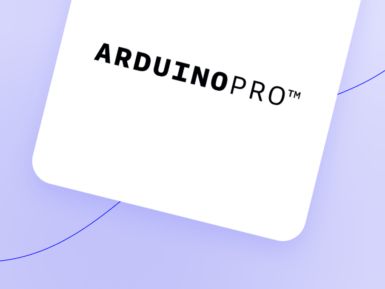
Gravity: I2C Ozone Sensor (0-10ppm)
Module with an ozone detection sensor that performs measurements in the range of up to 10 ppm with a resolution of 0.01 ppm.
Overview
Gravity: I2C Ozone Sensor (0-10ppm) is based on electrochemical principles and it can measure the ambient O3 concentration accurately and conveniently. With high anti-interference ability, high stablility and high sensitivity, this arduino-compatible ozone sensor can be widely applied to fields like portable device, air quality monitoring device, disinfection cabinets and smart home.
This compact dfrobot ozone sensor supports I2C output, it is compatible with many mainboards like Arduino Uno, esp32, Raspberry Pi and so on. Its resolution can reach to 10ppb. It supports wide range input voltage: 3.3V to 5.5V.
Moreover, the lifetime is as long as 2 years. With simple Gravity interface and practical sample code, you can build your own ozone concentration monitor easily and conveniently.
Features:
- High sensitivity
- Low power consumption
- Excellent stability and anti-interference ability
- IIC Interface
- Temperature compensation, excellent linear output
- Long lifetime
- Compatible with both 3.3V and 5V micro-controllers
- Polarity protection
Tech specs
- Detection of Gases: Ozone
- Operating Voltage: 3.3 to 5.5V DC
- Output Signal: IIC output
- Measurement Range: 0 to 10ppm
- Resolution: 0.01ppm (10ppb)
- Preheat Time: 3 minutes
- Response Time: ≤90 seconds
- Recovery Time: ≤90 seconds
- Operating Temperature: -20℃ to 50℃
- Operating Humidity: 15 to 95%RH (no condensation)
- Storage Temperature: -20℃ to 50℃
- Lifetime: >2 years (in the air)
- Board Dimension: 1.06" x 1.46" / 27mm x 37mm
Get Inspired

We are excited to announce our team will be traveling to Amsterdam for The Things Conference on September 22nd-23rd, where Arduino will be among select exhibitors. The Things Conference is the world’s largest conference about LoRaWAN®, bringing together the industry’s major players contributing to this technology’s development in a two-day deep dive dedicated to making business operations smarter. This year’s edition will focus on the main topic of digital transformation – as seen through the lens of LoRaWAN®, of course! Connect with us at The Things Conference Don’t miss your chance to meet our experts in person at Amsterdam’s The Kromhouthal – a former marine engine factory now turned into a unique event venue. We’ll be showcasing some of our best LoRaWAN® products and solutions: The Portenta Vision Shield LoRa®, designed to boost Arduino Pro’s H7 module with the capability to run embedded computer vision applications, connect wirelessly via LoRa® to the Arduino Cloud (or third-party infrastructure), and activate systems upon the detection of sound events; The Portenta Max Carrier, which can augment Portenta H7 or X8 with LoRa® connectivity and transform existing Arduino Pro modules into single-board computers or reference designs that enable edge AI for high-performance industrial, building automation and robotics applications;The Arduino MKR WAN 1310, an entry-level option featuring the renowned versatility of the MKR family: a practical and cost-effective solution to add LoRa® connectivity to projects requiring low power;Last but not least, the newly launched WisGate Edge Lite 2 and WisGate Edge Pro: ready-to-use, industrial-grade gateways for LoRaWAN® connectivity powered by RAKwireless™. On September 22nd, the packed schedule of The Things Conference also includes a keynote by Sebastian Romero, Lead Interaction Designer & Creative Technologist at Arduino: “Predictive Maintenance with an Arduino-based









